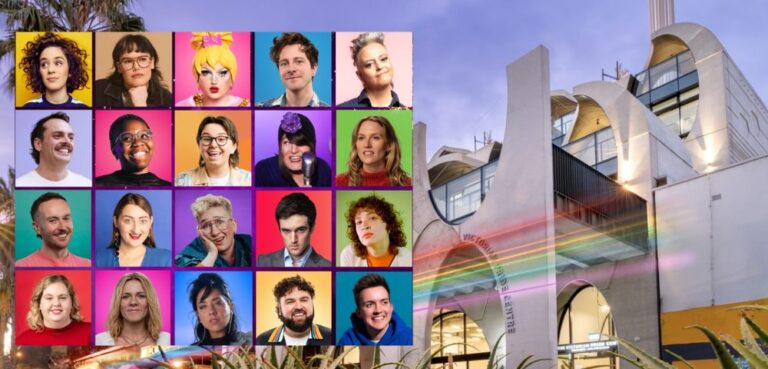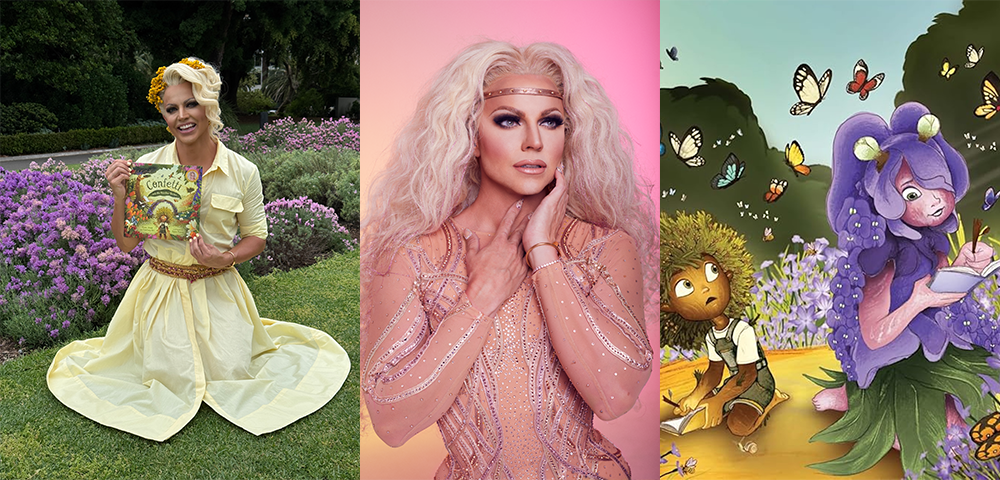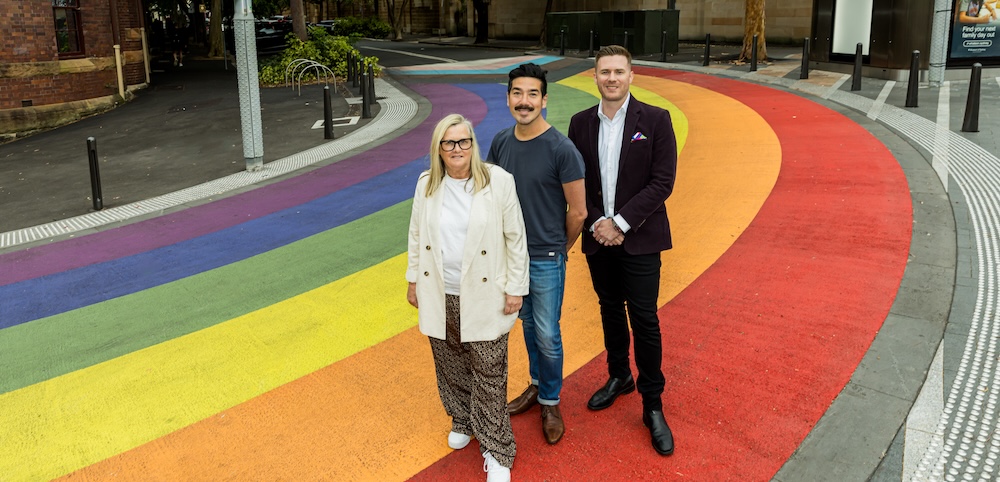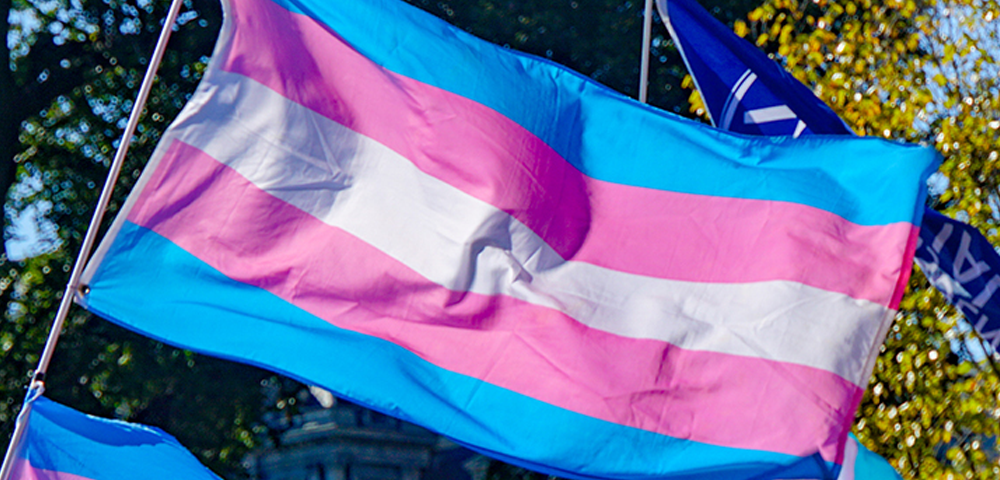
New report shows LGBTI people with disability experience more anxiety and abuse
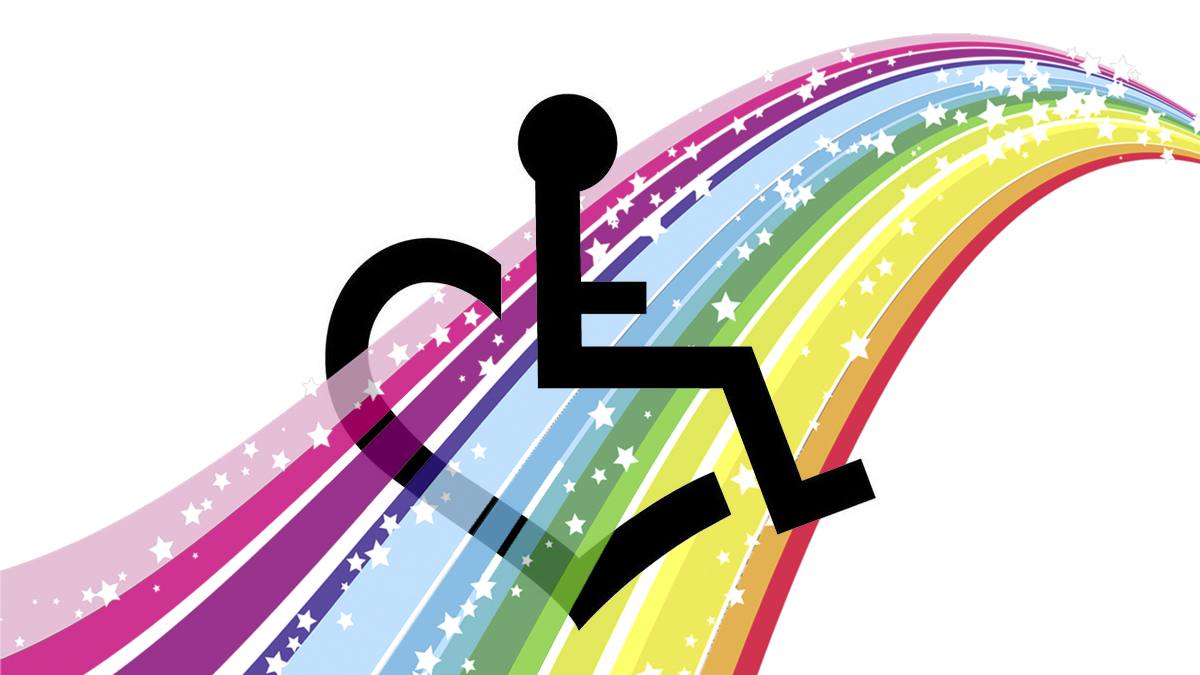
A new report has revealed troubling statistics about the difficulties faced by LGBTI people with disability, with 46 per cent experiencing discrimination, harassment or abuse in the past year.
The report, entitled, ‘The everyday experiences of lesbian, gay, bisexual, transgender and intersex (LGBTI) people living with disability‘, was published by La Trobe University in partnership with the Gay and Lesbian Foundation of Australia (GALFA).
William Leonard and Dr. Rosemary Mann authored the report, which reviews national and international research and policies published since 2000 and the social position of LGBTI people with disabilities.
The report shows the impact that systemic discrimination, disadvantage and social exclusion have on the health and wellbeing of LGBTI people with disabilities.
It also presents preliminary analysis of unpublished data from a 2012 study into LGBTI Australians’ health.
Among the findings was that research in the area is extremely limited, with policy and practice described as “fragmented” and “under-resourced”.
The review shows the pattern of higher rates of discrimination, limited access to services, lack of sexual freedom and expression, and reduced support and social connection with both the LGBTI and disability communities.
“National data showing that people with disabilities are more likely to be victims of crime and experience violence and discrimination than those without,” the report states.
“The limited national comparative data suggest rates of crime, violence and discrimination are even higher among LGBTI people with disability.
“LGBTI people with disability experience higher rates of crime and victimisation than LGBTI people without disability.”
One key finding is that the risks of violence are higher for women with disabilities and for LGBTI people with intellectual disabilities (ID) and learning difficulties (LD).
“Trans and gender diverse people with disability experience even greater discrimination when accessing services than LGB people with disability and, in particular, are less likely to access aged care services due to fear and anticipation of discrimination,” it states.
National data from the US and UK reviewed in the report show that people with disabilities who identify as LGBTI who are also women, people of colour, culturally and linguistically diverse, and older people are at even greater risk of discrimination, lack of access to services, and stigmatisation.
“LGBTI people with disability may be at increased risk of family violence and violence from carers and support workers. These risks may be even higher for LGBTI people with ID.
“LGBTI people with disability experience discrimination from within both LGBTI and disability communities compounding their sense of social marginality and isolation and contributing to their increased risk of mental health problems.”
The unpublished Australian data indicates that LGBTI people with disabilities have twice the rates of anxiety and psychological distress than LGBTI people without disabilities.
Stigma and prejudice also contribute to increased risk of STIs and reduced ability to develop respectful, intimate relationships among LGBTI people with disabilities.
The unpublished Australian data comes from the 2012 study ‘Private lives 2’, which was a national LGBTI health and wellbeing survey.
22.7 per cent of the nearly 4000 respondents reported having a disability or long-term illness.
Rates of self-reported disability and long-term illness were considerably higher among trans people, with 38.3 per cent of trans men and 33.6 per cent of trans women.
Nearly 20 per cent of respondents with disability reported having no employment versus 4.3 per cent without.
While less than 1 per cent of LGBTI people without disability described their health as ‘poor’, that figure was nearly 11 per cent among those with disabilities.
LGBTI respondents with disability were 13 per cent more likely to have experienced discrimination, harassment or abuse in the past 12 months.
They were more likely to have been verbally abused, subject to harassment, or been threatened with or subjected to violence, as well as twice as likely to have received written abuse.
LGBTI people with disabilities reported double the rate of self-reported anxiety and treatment for anxiety at 52 per cent.
Lesbian and bisexual women with disability also self-reported significantly higher levels of sexual assault than lesbian and bi women without disability at 5 per cent versus 2 per cent.
These figures compare with Australian population averages of 1.5 per cent of women with disability versus 0.8 per cent for women without disability.
Disability was also more common among Aboriginal and Torres Strait Islander LGBTI people at 31 per cent versus 22 per cent for the general population.
The Victorian Government has contributed funding towards a ‘Private lives 3’ study, which will expand its scope to gather data in more depth around disability, rainbow families, family violence, trans and gender diverse health, substance use and rural inclusion.
The findings show how far the LGBTI community has to go in terms of inclusivity and health for members of the community with a disability.
To read the full report, click here.
Further reading: ‘How body image affects you when you’re queer and disabled‘


